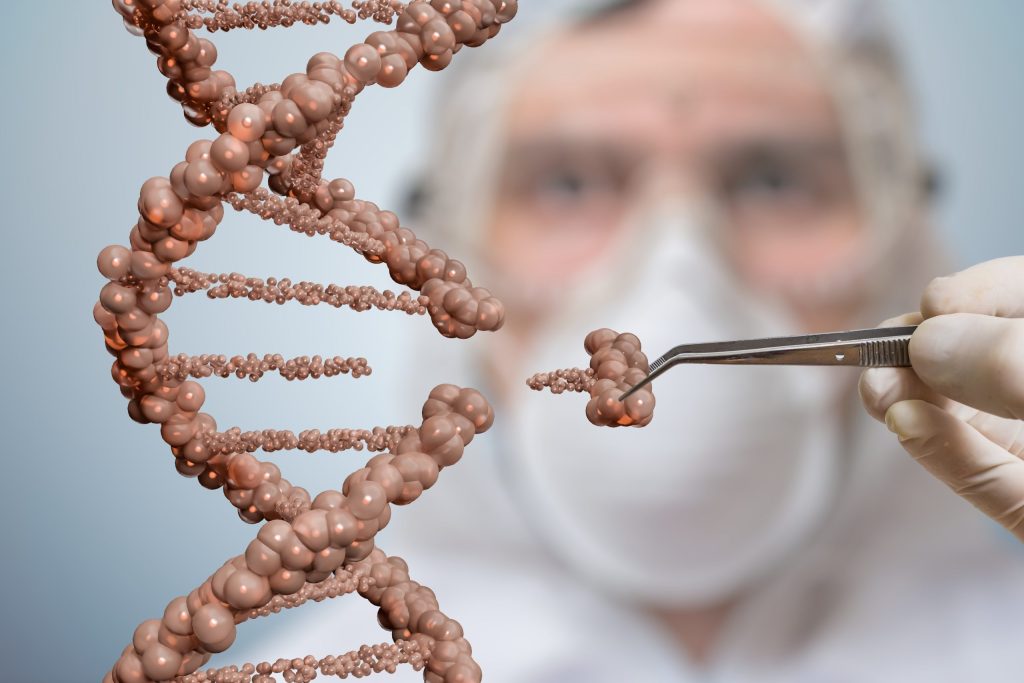
In the ever-evolving field of biotechnology, few breakthroughs have captured the imagination of scientists and the general public as profoundly as CRISPR and gene editing technologies. These revolutionary advancements hold the promise of transforming the way we approach medicine, agriculture, and even our understanding of life itself. In this article, we will delve into the fascinating world of biotechnology, exploring the intricacies of CRISPR and gene editing, their applications, and the ethical considerations that accompany these groundbreaking developments.
Introduction
Biotechnology has always pushed the boundaries of what’s possible, but CRISPR and gene editing represent a paradigm shift in our ability to manipulate the very building blocks of life. These technologies have captured the imagination of scientists, offering unprecedented control over genes and the potential to cure genetic diseases, create genetically modified organisms, and understand the genetic
Understanding CRISPR
What is CRISPR?
CRISPR, which stands for Clustered Regularly Interspaced Short Palindromic Repeats, is a natural defense mechanism found in bacteria and archaea. It was first discovered in the 1980s when scientists noticed unusual DNA sequences in the genomes of these microorganisms.
The Discovery of CRISPR
The discovery of CRISPR was a serendipitous moment in science. Researchers studying bacteria stumbled upon these repetitive sequences and the associated Cas proteins, which play a vital role in the CRISPR system’s functioning.
How CRISPR Works
The CRISPR-Cas9 System
At the heart of CRISPR technology is the CRISPR-Cas9 system. Cas9 is an enzyme that acts like molecular scissors, capable of cutting DNA at specific locations. This precision cutting allows us to remove, replace, or insert specific DNA sequences.
Precision Editing at the DNA Level
CRISPR technology enables us to edit genes with an unprecedented level of precision. Scientists can target specific genes responsible for diseases and make changes at the molecular level, potentially curing genetic disorders.
Read More:
https://www.linkedin.com/pulse/success-guide-az-104-exam-dumps-questions-microsoft-your
https://www.linkedin.com/pulse/success-guide-pl-300-exam-dumps-questions-microsoft-your
Applications of CRISPR
Medicine: Treating Genetic Diseases
One of the most promising applications of CRISPR is in the field of medicine. Researchers are exploring the possibility of using CRISPR to treat genetic diseases like sickle cell anemia, muscular dystrophy, and cystic fibrosis by correcting the underlying genetic mutations.
Agriculture: Enhanced Crop Traits
In agriculture, CRISPR offers the potential to create crops with enhanced traits, such as resistance to pests, improved nutritional content, and increased yield. This could revolutionize food production and address global food security challenges.
Biomedical Research: Unlocking Mysteries
CRISPR has become an invaluable tool in biomedical research. Scientists can use it to understand the functions of various genes, unraveling the mysteries of diseases like cancer and Alzheimer’s.
Challenges and Ethical Dilemmas
Off-Target Effects
While CRISPR holds great promise, it is not without challenges. Off-target effects, where Cas9 inadvertently edits genes other than the intended ones, raise concerns about unintended consequences.
Germ-Line Editing
The ability to edit the human germline presents ethical dilemmas. Should we be allowed to make permanent changes to the genetic code of future generations, and if so, under what circumstances?
The Future of Gene Editing
As CRISPR and gene editing technologies continue to evolve, their future is exciting yet uncertain. Discoveries and breakthroughs in this field will undoubtedly reshape medicine, agriculture, and our understanding of life.
Conclusion
Biotechnology breakthroughs like CRISPR and gene editing have the potential to redefine our world. They offer hope for treating genetic diseases, transforming agriculture, and unraveling life’s most profound mysteries. However, we must navigate the ethical challenges they pose with wisdom and responsibility.
Read More Interesting Blogs: https://dohaj.com/
FAQs
Is CRISPR technology already in use for medical treatments?
While CRISPR is showing promise in preclinical trials, it has not yet become a standard medical treatment. Research is ongoing to ensure its safety and effectiveness.
What are the potential risks of gene editing?
Potential risks include off-target effects, unintended consequences, and ethical concerns surrounding germ-line editing.
Can CRISPR be used to create designer babies?
The concept of creating “designer babies” raises ethical questions and is a topic of significant debate. It is not currently a widely accepted practice.
Are there any limitations to CRISPR technology?
CRISPR technology has limitations, including off-target effects and challenges in delivering it to specific tissues or organs in the body.
Where can I learn more about the latest developments in gene editing?
Stay informed about the latest products in gene editing through reputable scientific journals, conferences, and online resources.